There is some magic in Indian masalas that takes our food to another level. Western tastebuds might find a mixture of 3-4 masalas in a single dish a shocker, but if we don’t get this blend–food is bland. So, if you are new to cooking and can’t decide if the recipe is directing you to some dangerous concoction or a heavenly dish, then we are here to help. We have listed out a few staple masalas that you must have in your kitchen.
1. Mustard seeds
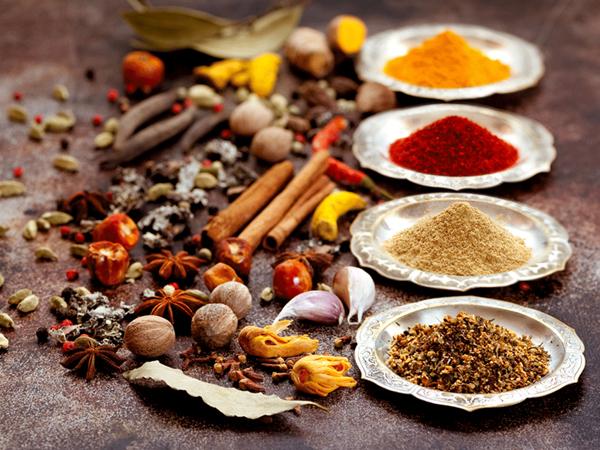
Mustard seeds, known as sarson in Hindi, come in various colours. They can be yellow, black or brown and are used interchangeably in Indian cooking. The true flavor of mustard seeds is released when they are crushed or cooked in oil. The smoky, nutty flavor is a staple in curries and curry powders. In fact, mustard oil is commonly used in North India.
2. Cardamom
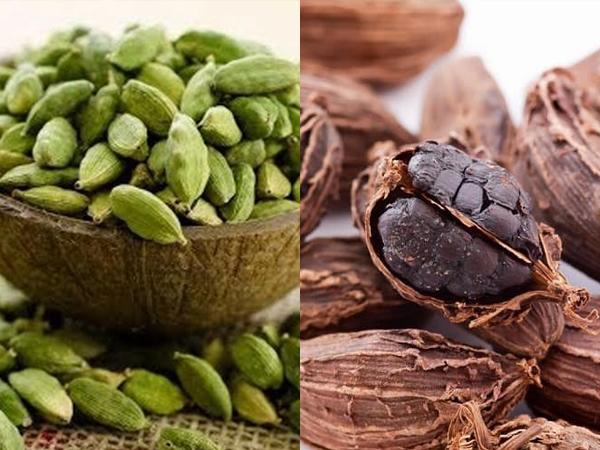
Cardamom, also called elaichi in Hindi, is of two kinds–green and black. Green is a more common variant used for everything from spice mixes to buttermilk to Indian desserts. The flavor is light and sweet, with a mild eucalyptus note. Green elaichi can be blended whole when making spice mixes, like garam masala, however when using them in sweets, one should pop the pod open and finely crush the black seeds before using them. Black elaichi, on the other hand, is very powerful and smoky. A whole pod can be cooked in the dish and taken out before serving.
3. Turmeric
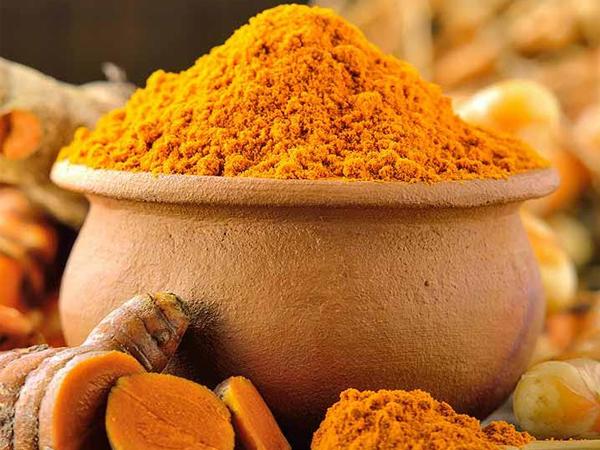
Turmeric, also known as haldi in Hindi, is another very common Indian spice used in almost all dishes. Grown as a rhizome, it can be used fresh just like ginger or dried and powdered. Apart from the host of health benefits, it is used in a lot of spice mixes and curries for flavour and colour. Fresh turmeric is however slightly stronger than its dried version, and it stains very easily. The flavour is pungent with an earthy fragrance and gives curries a beautiful golden colour.
4. Asafoetida

Don’t go on the scary name asafoetida and shun this spice, it is the hing that your cook talks about often. It is indeed a very interesting spice when used in the right quantity. You must know the right quantities to use or else even a little too much than required can overpower the whole dish, making it taste bitter.
Hing helps with digestion and can ward off flatulence. It is used in savoury dishes to add a fuller flavour and some believe that it mimics the taste of onions, garlic, egg, and even meat. It is commonly used along with turmeric in dishes like dals, and a variety of vegetables.
5. Garam masala
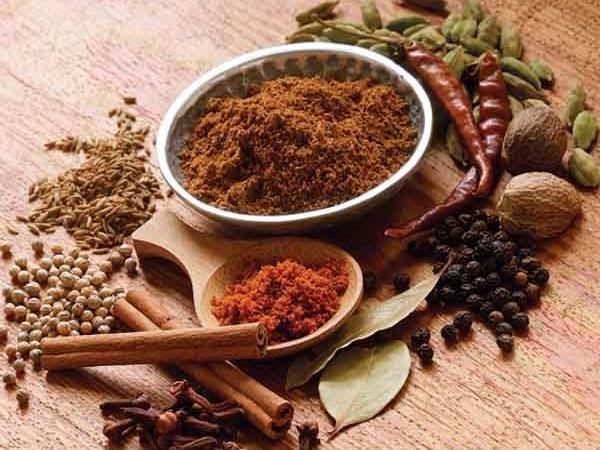
Garam masala is essential if you want a delicious and less spicy final touch to your food. It adds subtle and unique flavors to any recipe. It works great even in small quantities. However, the preparation of garam masala differs from region to region. Some common masalas to make garam masala powder are–bay leaves, cloves, cardamoms, peppercorns, cinnamon, mace, cumin seeds, nutmeg, carom seeds, star anise, coriander seeds, etc.
You can make garam masala powder easily at your home by blending the above ingredients. Garam masala is used in vegetable recipes, curries, dal and many more such dishes, and adds richness to both vegetarian and non-vegetarian food.
6. Coriander
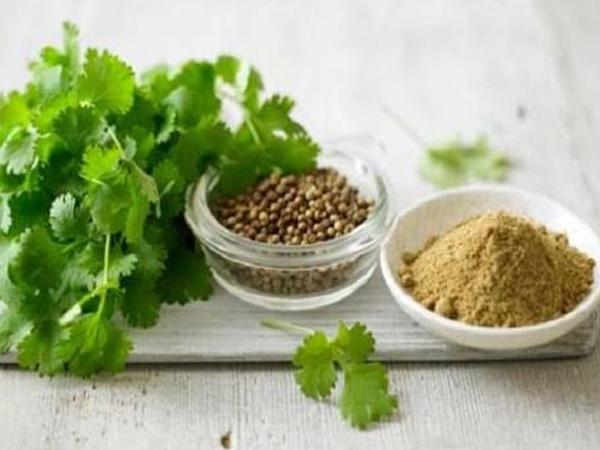
Coriander also known as dhaniya is probably the most ubiquitous of spices in Indian kitchens. The spice is very aromatic with citrus notes. Whole coriander is used as a base for many spice mixes, and ground coriander is one of the most commonly used ground spices in Indian cuisine. Like cumin (AKA jeera), it needs to be dry-roasted until you start seeing a light golden-brown tinge to the seeds and they start “dancing” in the pan.
Apart from these as well there are several spices that need your attention, and can work wonders in your kitchen.



